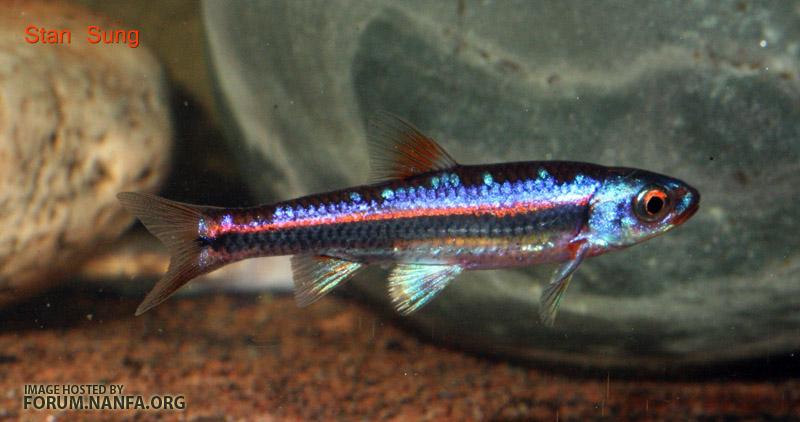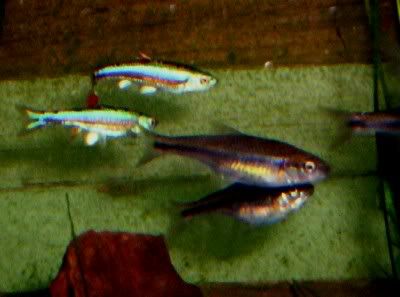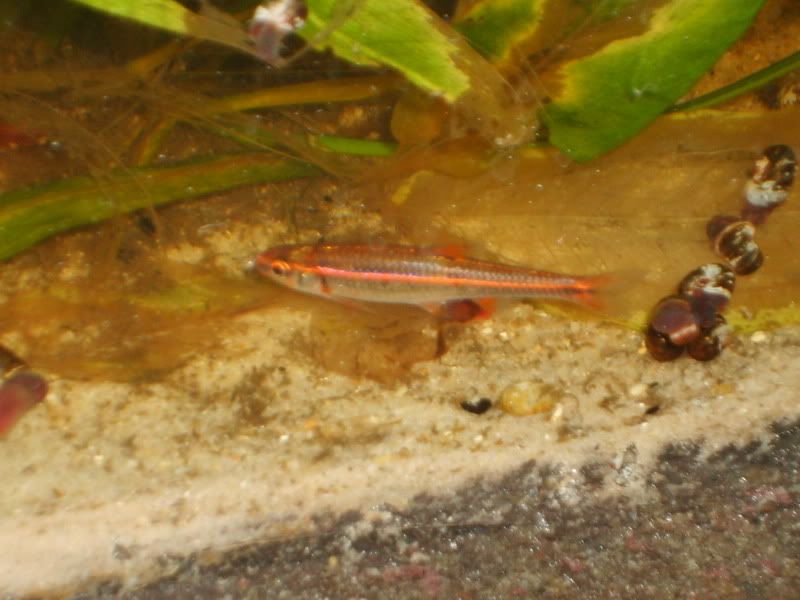
Rainbow Shiner Photo
#1
 Guest_fundulus_*
Guest_fundulus_*
Posted 11 November 2008 - 04:45 PM

#4
 Guest_tricolor_*
Guest_tricolor_*
Posted 12 November 2008 - 05:46 AM
Edited by tricolor, 12 November 2008 - 05:51 AM.
#5
 Guest_fundulus_*
Guest_fundulus_*
Posted 12 November 2008 - 08:06 AM
#6
 Guest_AndrewAcropora_*
Guest_AndrewAcropora_*
Posted 12 November 2008 - 11:15 AM
Yay for hometown development. Who cares about a fish when you can have more restaurants, roads, and shopping?!Yeah, there is population variation within the species. The northern populations tend to be more intensely colored. As an aside, anyone who ever collected this species in front of the WalMart in Fort Payne, AL, will have to find another source. The city of Fort Payne has pretty much destroyed that stream through a channelization project (of course!).
What a beautiful fish. Thanks for sharing!
#11
 Guest_Mysteryman_*
Guest_Mysteryman_*
Posted 16 November 2008 - 11:08 AM

Here's an out of season one from LSC:

Stan Sung, eh? Does this mean we should expect to see an article on Rainbows in TFH soon?
Edited by Mysteryman, 16 November 2008 - 11:16 AM.
Reply to this topic
1 user(s) are reading this topic
0 members, 1 guests, 0 anonymous users







